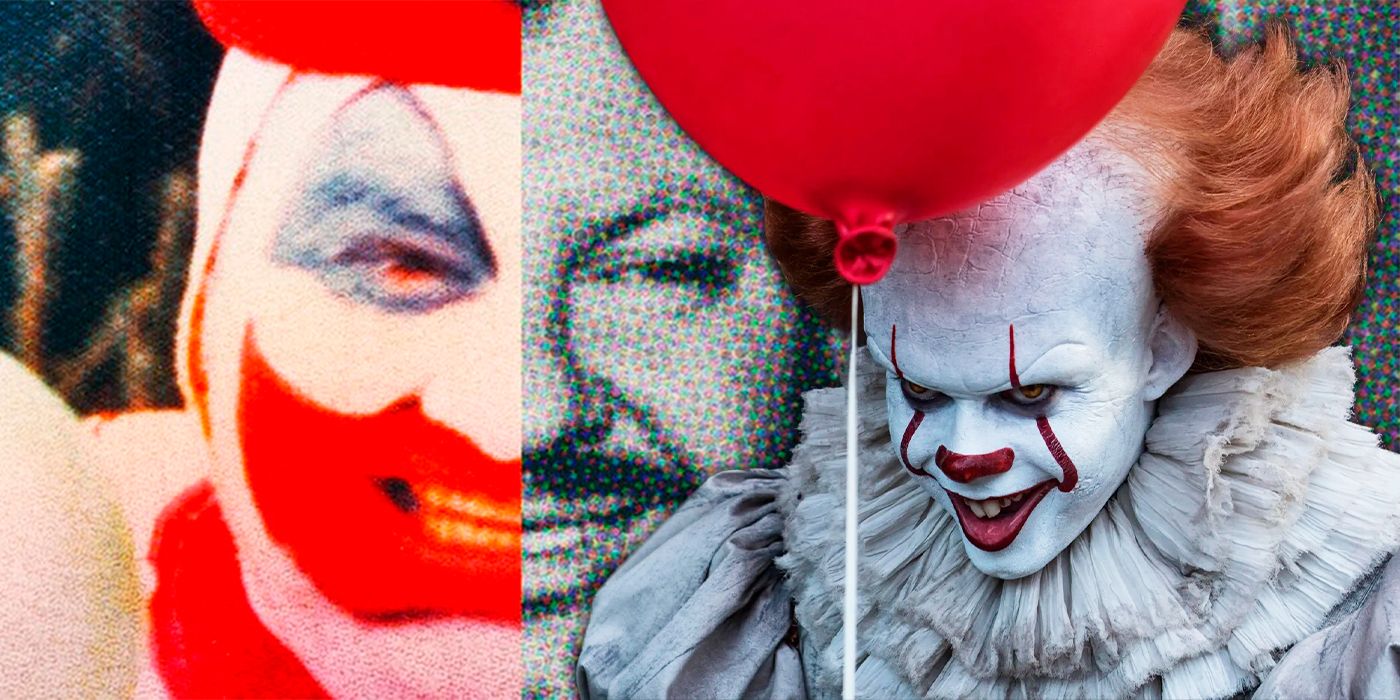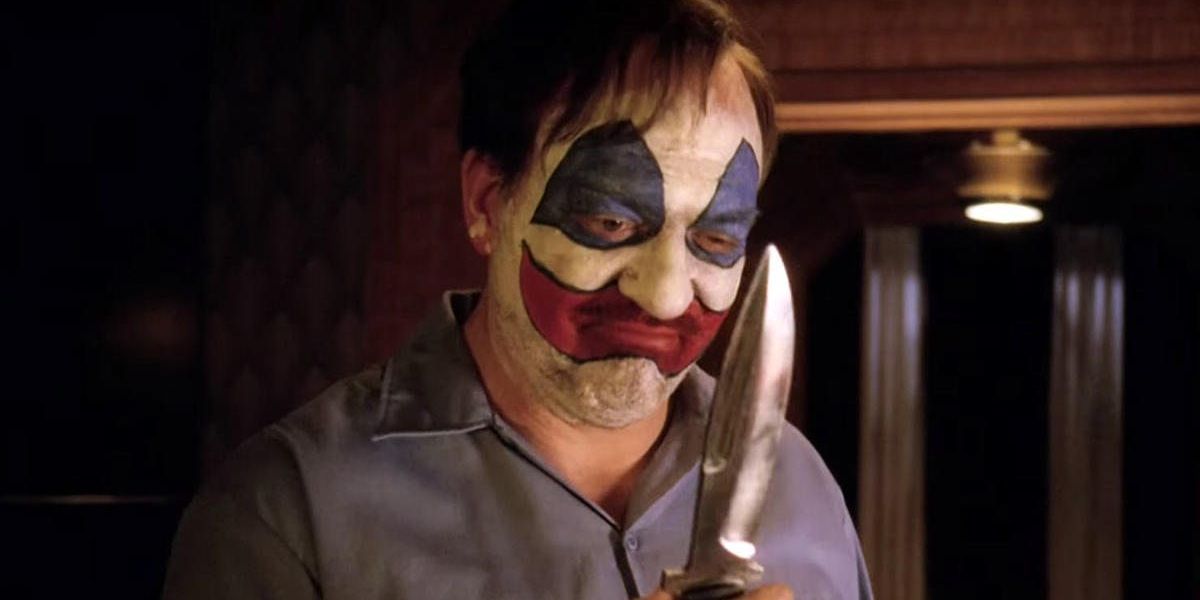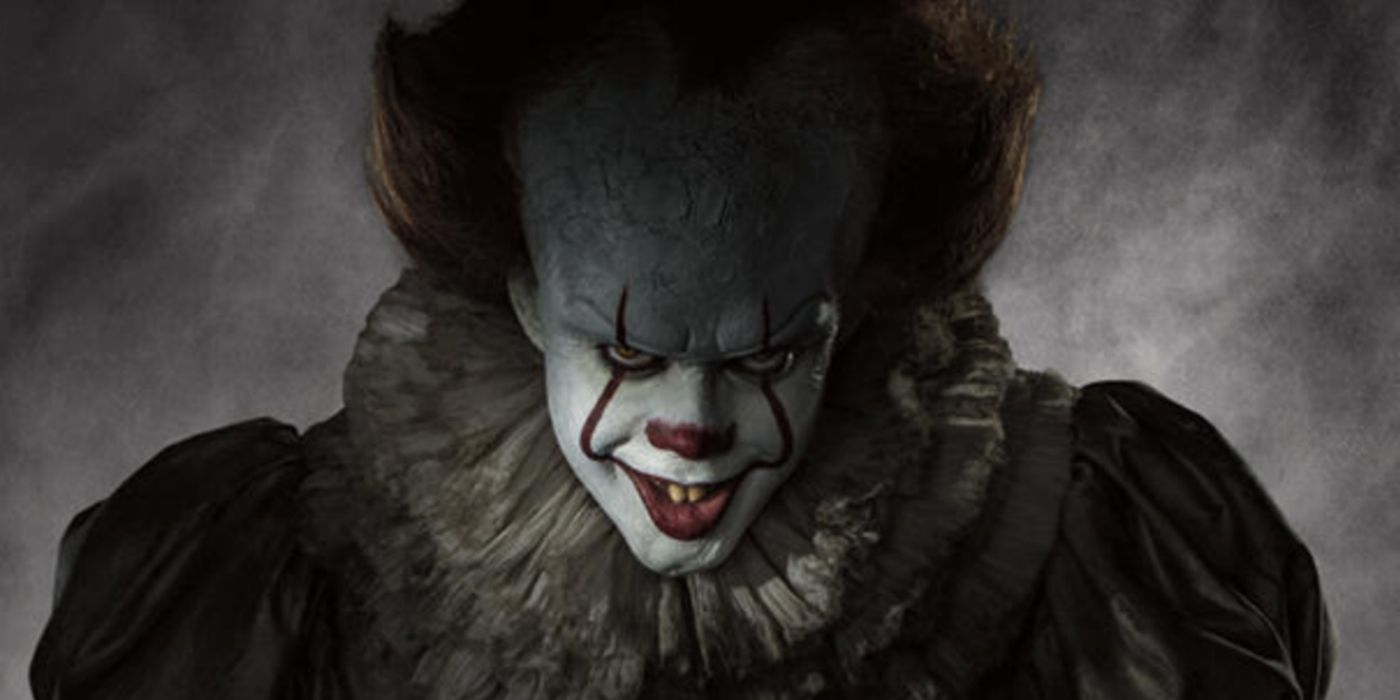Pennywise is Stephen King’s monster-to-end-all-monsters from the 1986 novel It. Thanks to the book’s success — and a pair of adaptations featuring memorable performances from Tim Curry and Bill Skarsgård — the character has come to define monstrous clowns in pop culture.
But Pennywise wasn’t the first, and sadly not all of the others are limited to the world of fiction. John Wayne Gacy, one of the 20th century’s most notorious serial killers who murder at least 33 men and boys between 1972 and 1978, has strong associations with clowns. Gacy was sentenced to death six years before It was published, and the timing led some to believe that the killer was at least partially the inspiration for King’s work. Here’s what the facts say, including details from the new Netflix documentary series, Conversations With a Killer: The John Wayne Gacy Tapes.
Who Was John Wayne Gacy?
Gacy was born and raised in Chicago. He suffered from poor health as a child, as well as physical and psychological abuse from his father. He was also likely gay, and societal taboos coupled with childhood trauma could have easily intensified the shame and self-hate that shaped his psychosis. As an adult, he worked as a fast-food manager and established himself as a respectable member of society. He belonged to the Junior Chamber of Commerce and was heavily involved in Democratic politics, as well as currying favor with local police unions.
He was convicted of sodomy in Iowa in 1968, having persuaded an underage boy to engage in sexual activity, and released from prison after 18 months. He returned to Chicago in 1971 and re-established a respectable façade: running a successful contracting business, marrying for a second time and purchasing a home with the help of his mother. However, his sexual activities with men continued, and in 1976, his wife was granted a divorce. Gacy had already murdered at least three boys by then and killed another 30 before his arrest in 1978. The remains of 26 of them were found in his home. The final number of his victims may never be known. He was sentenced to death in 1980, and the execution was carried out on May 10, 1994.
Was John Wayne Gacy the Inspiration Behind Pennywise?
Gacy would often perform at children’s hospitals and similar charitable events as a clown and even developed two separate characters named Patches and Pogo, whom he would dress as during his appearances. When news of his crimes emerged, the press dubbed him the “Killer Clown,” which has often been played up in representations of him in pop culture. American Horror Story: Hotel, for instance, depicts him in his clown makeup. In fact, his murders didn’t appear to be associated with his clown persona. Indeed, the opposite seems to be true: the clown act was part of his façade of normality and helped him better conceal his crimes from neighbors and colleagues.
There are similarities to Gacy’s case and Pennywise, however. The monster in It is a kind of serial killer, emerging every 27 years to devour children in the town of Derry, ME. His victims also include minorities, including a gay man whom he kills in the book’s “modern” 1980s setting. And like the Gacy case, the monster succeeds because the people around it look the other way, with the façade of Derry’s normality keeping Pennywise and his feeding habits safe.
That said, those connections are superfluous at best. While there are a few surface parallels between Gacy’s case and King’s fiction, it doesn’t appear to go beyond that. King wanted to create a monster story and knew he needed to create one main monster to stand out. “I thought to myself, ‘What scares children more than anything else in the world?'” Stephen King told a German audience in 2013. “And the answer was ‘clowns.'”
Clowns were terrifying long before Gacy: Pennywise’s great evil clown rival The Joker was created before he was born and similarly sinister figures have existed for centuries. King was clearly tapping into that zeitgeist first, with Gacy an incidental connection at best. Clowns are always scary, something King understood. But picking one particular clown out as the source of his creature runs against everything an “everymonster monster” is supposed to be.
Read Next
About The Author



